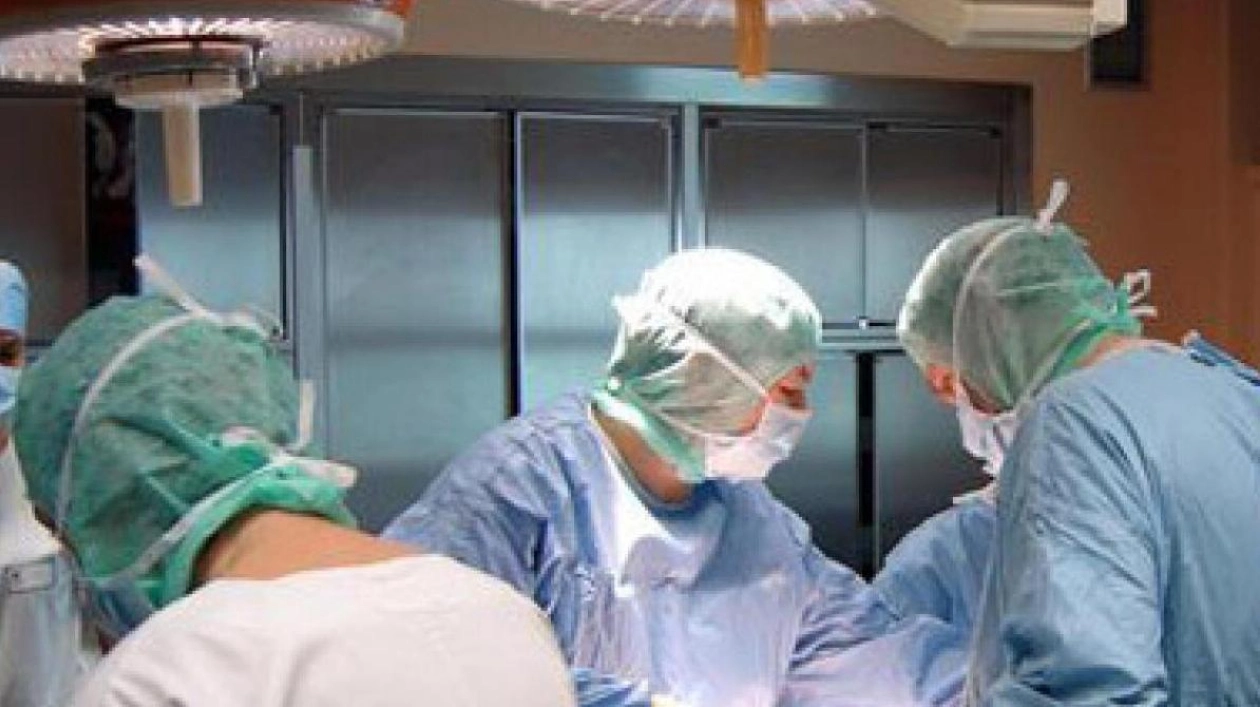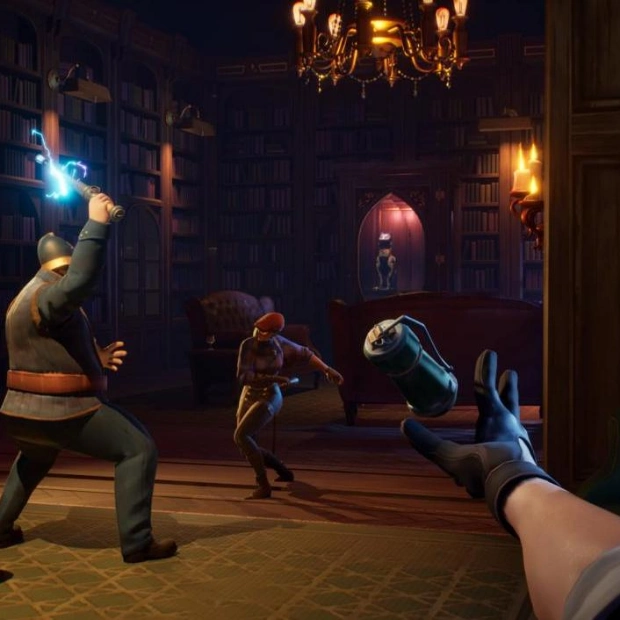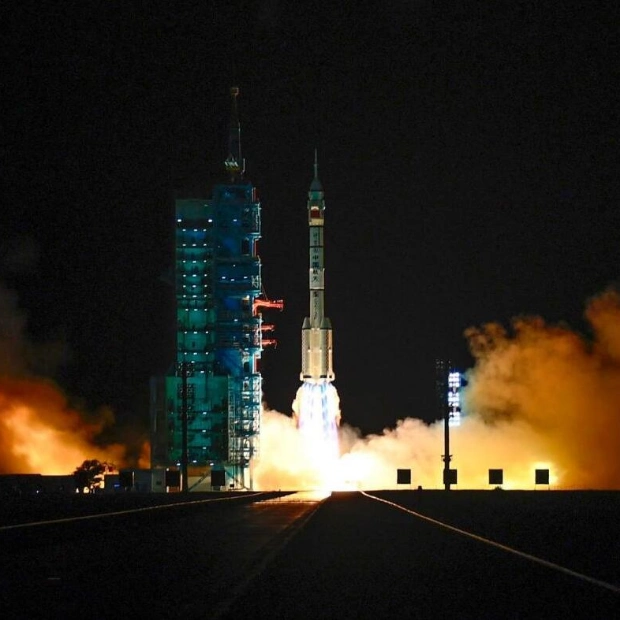Medical professionals at a hospital in Sharjah successfully removed 17 magnets accidentally ingested by a two-year-old boy. Thirteen of these were extracted through endoscopy, where a tube was passed through the child's mouth and down his esophagus, while the remaining four required surgical intervention. The incident took place last week when the child, referred to as baby AH, was admitted to Burjeel Specialty Hospital–Sharjah with symptoms of nausea and an inability to eat for three consecutive days. The parents were uncertain about the exact time of ingestion but estimated it to be at least 72 hours prior. The medical report also noted that the child had not defecated for 48 hours.
Dr. Mehreen Zaman, a specialist gastroenterologist at Burjeel Specialty Hospital–Sharjah, who led the procedure, explained that the endoscopy was performed under general anesthesia and was a complex two-hour procedure due to the strong magnetic forces holding the pieces together. All magnets, each approximately an inch in size, were successfully removed, and the child was discharged in good health. Initial examinations revealed sluggish bowel sounds, a sign of potential digestive issues, and the child exhibited signs of irritability and anxiety.
An abdominal X-ray confirmed the presence of magnets in the stomach, stacked one on top of the other. Fortunately, routine laboratory tests (urine and blood) were normal. Dr. Zaman detailed that gastroscopy, a non-invasive procedure to examine the stomach, was used to retrieve the magnets under general anesthesia. The procedure involved a flexible, thin tube with a camera at its end to visualize the stomach and duodenum. During the gastroscopy, magnets were observed in the body and antrum, suggesting they had been present for at least 72 to 96 hours.
The magnets were also found impacting the pylorus, a critical valve in the digestive process. Retrieval was challenging due to the magnetic forces and the time the magnets had been lodged. After 13 magnets were removed via endoscopy, fluoroscopic images located the remaining four in the distal intestine. A colonoscopy was attempted to retrieve these through the ileocaecal junction, but the procedure was hindered by hard stools in the caecum. Consequently, the general surgery team recommended laparotomy to remove the last four magnets, which was successfully performed.
Dr. Zaman praised the medical team for their efforts, noting the difficulty in overcoming the magnetic forces and the challenges posed by the impacted pieces. Despite these obstacles, all magnets were successfully removed, and the child is now recovering well.






